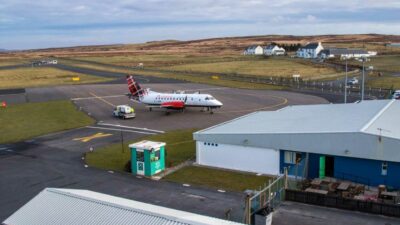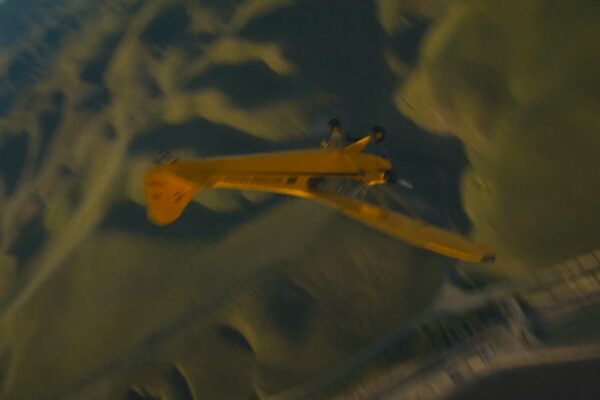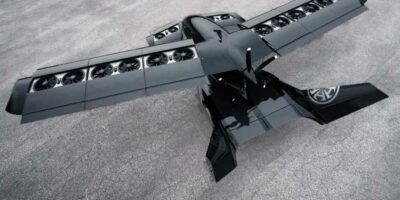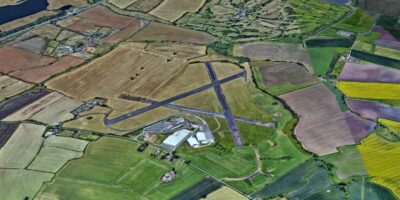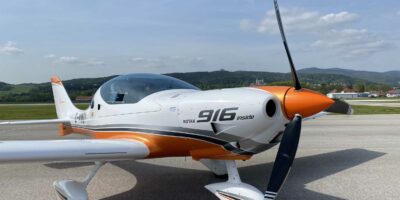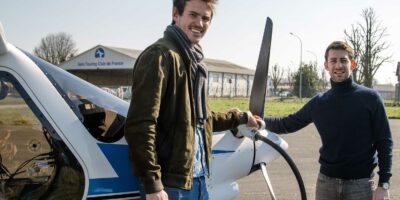Our previous postings on this: <a href=”newsfeed.php?artnum=309″ target=”_blank”>yesterday</a>; <a href=”newsfeed.php?artnum=308″ target=”_blank”>Tuesday evening</a>
More details are emerging over the accident in which an SR20 being flown by baseball star Cory Lidle and his flying instructor crashed into the side of the Belaire Apartments in New York’s upper East Side.
NTSB investigators yesterday managed to the recover the on-board log from the aircraft, which is said to have received heat damage and been bent (presumably in the post-crash fire), so the information on it may be limited. Such logs are not designed to be ‘black boxes’ to help investigators – they’re there to record aircraft parameters for engineers. Still, there should be useful information about what the engine was doing. There may also be GPS data.
More information has been released about the final radar returns from the aircraft. As it passed 70th Street – about a quarter of a mile from the impact – it was apparently flying at 700 ft and 112 mph; this was the point at which the left-hand turn towards the Belaire began.
Investigators have also found the propeller. The damage to it apparently indicates that the engine was running at the time of the accident.
The ballistic recovery parachute, with which the Cirrus is equipped and about which there’s been some speculation, appears to have fired as a result of thermal activity: in other words, it’s likely that the heat from the fire triggered it.
The flight originated from Teterboro in New Jersey, flew up the Hudson River, turn around the Statue of Liberty, then proceeded up the East River. It is then said to have made a 180 degree turn to the south shortly before the accident. The last message that the pilots passed to ATC (now it appears that there was no Mayday) was asking Teterboro not to transfer them to New York ATC because they were “just going to fly up and down the river” under VFR.
There are corridors up and down the two rivers which border Manhattan. These have special rules as regards maximum height and must be flown VFR. The flight was using these corridors.
Media outlets are beginning to find excuses for posing questions about Lidle’s competence to fly the SR20 (articles such as <a href=’http://www.time.com/time/magazine/article/0,9171,948558,00.html’ target=’_blank’>this one on the Time website</a>, for instance). It’s also being reported that Lidle had not attended the Cirrus owners’ course. (On the other hand, it’s not known who was flying the aircraft at the time of the impact – Lidle or his instructor.)
AOPA in the US has moved quickly to counteract calls from various politicians, journalists and others that GA is dangerous, a security risk, and should be banned. Phil Boyer, AOPA President, has appeared on numerous TV shows and has even flown journalists around New York to show them what the real situation is. The <a href=”http://www.aopa.org” target=”_blank”>AOPA website</a> is also doing a great job of defending GA to the US (and world) public.
<hr>
Other feeds to read: <a href=”http://edition.cnn.com/2006/US/10/12/plane.crash/index.html” target=”_blank”>CNN</a>
<a href=”http://news.yahoo.com/s/ap/20061013/ap_on_re_us/manhattan_plane_crash” target=”_blank”>Yahoo</a>




